THE UK’S highest concentration of water voles has been confirmed in one of Scotland’s toughest housing schemes.
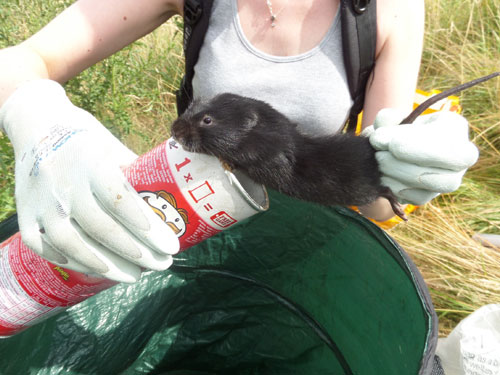
The creatures – epitomised by Ratty in Kenneth Grahame’s pastoral classic Wind in the Willows – are “thriving” in Easterhouse in the east end of Glasgow.
A researcher from Glasgow University has been called in by the city council to get to the bottom of the mystery.
After trapping and tagging several of the Glaswegian voles – using empty Pringles tubes – the researcher calculated there are up to 150 per hectare in the area, almost four times the average of their riverbank cousins.
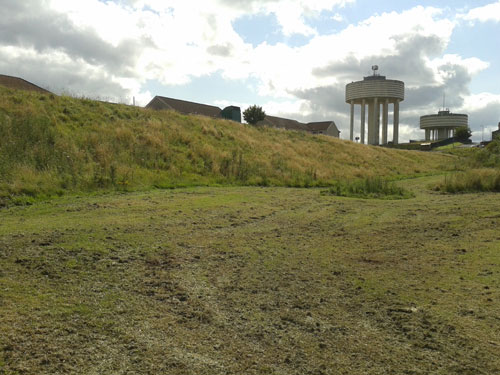
How they got there remains a mystery. The Clyde is about two miles away at its closest point and the North Calder Water about the same.
Easterhouse is one one of Scotland’s most deprived areas and is associated with high unemployment, drug dependency, and poor housing.
The water voles, a protected species, were discovered in 2008 when Easterhouse residents complained about a rat infestation in the area.

Pest control officers were shocked to discover the ‘rats’ were actually the dark brown water voles, similar in appearance to guinea-pigs.
Seven years on, Glasgow University researcher Robyn Stewart is able to confirm the existence of a distinct, thriving population of urban voles.
The creatures live in the area’s untended grassland, often within a few metres of roads and buildings. Some even exist by the side of the M8 itself.
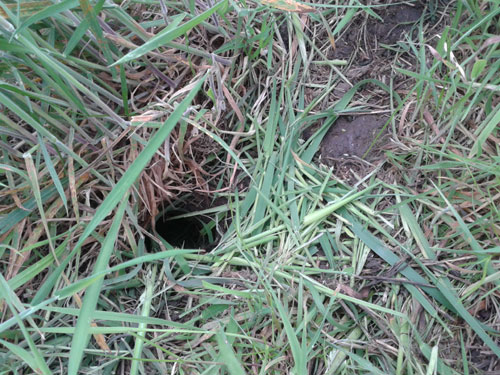
She said: ““Unless I’d trapped them I’d be in doubt myself. Water voles are considered a species for pristine wetland habitats.
“What’s remarkable for me is seeing wildlife and human beings can co-exist. They are actually thriving in an urban environment.”
“It’s the highest density ever recorded in Britain to the best of my knowledge.
“You are actively tripping over them.”
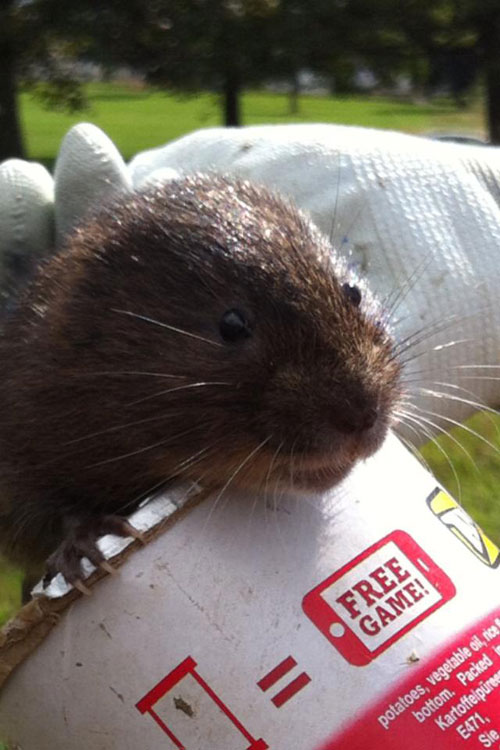
Robyn admitted: “As to exactly how they got there I have no idea.
“There is a lot of litter and dumping going on. Water voles have dug under a dumped mattress using it as cover.”
The researcher used traps baited with apples and carrots, tagging the voles with microchips and documenting their numbers.
She added: “In terms of their burrows and the setup of their burrowing system it is exactly the standard water vole behavior.
“In heavy rain they block their burrows.”
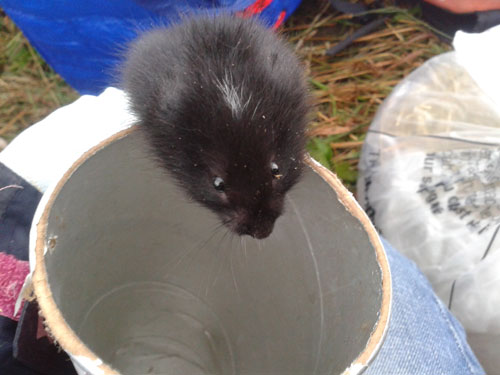
Richard Weddle, membership secretary for the Glasgow Natural History Society, said the water voles have been “adopted by the local residents”.
“They realises they are special,” he said. “People first thought they were rats.”
One local theory – thought unlikely by researchers – is that the voles originally lived on the banks of the old Monkland Canal which was filled in to make way for the M8.
The British population of water voles has plummeted by 94 per cent since the 1950s.
By 2000 they were close to becoming extinct in many areas.
